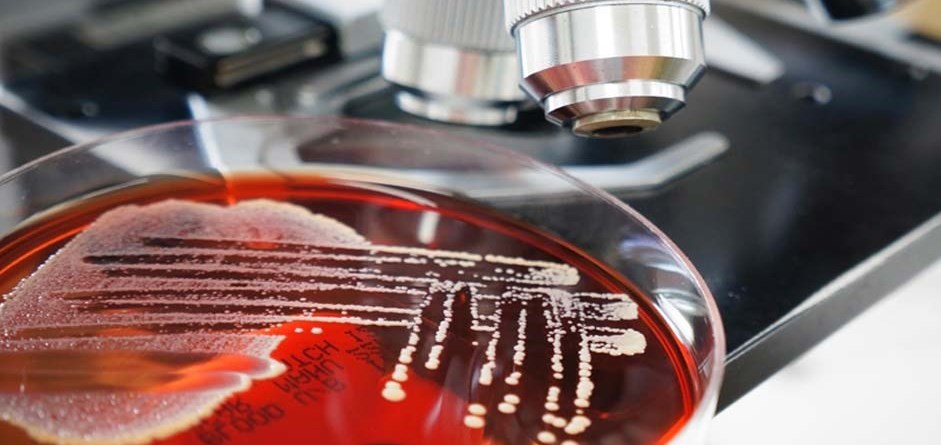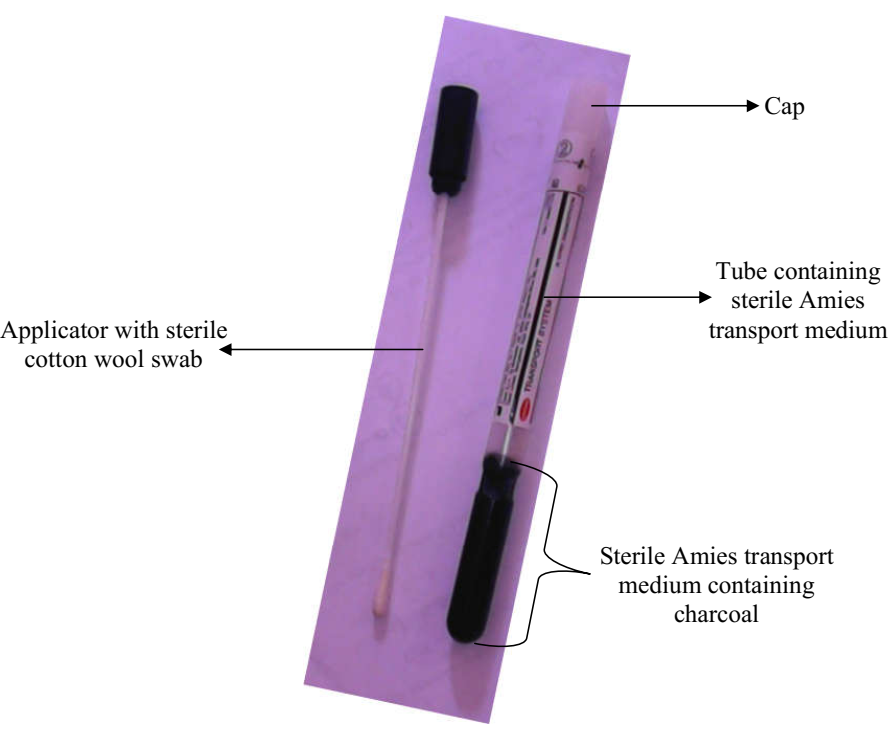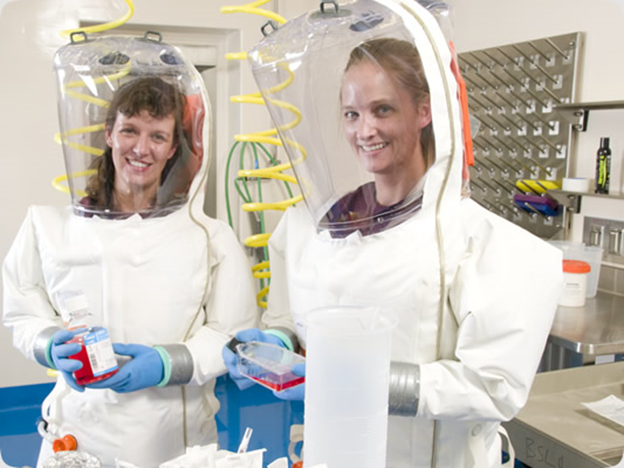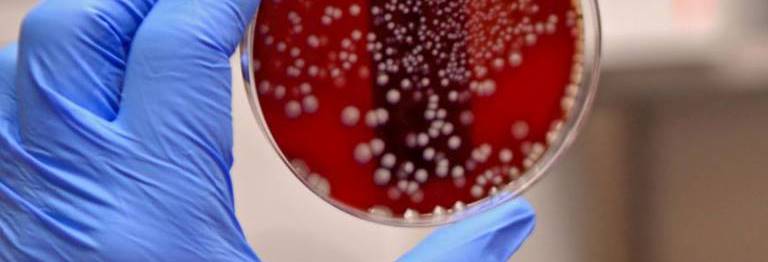EXTRINSIC FACTORS OF FOOD SPOILAGE
Extrinsic factors of food spoilage are the non-substrate factors that affect the spoilage of foods and food products and which are not innately found in the foods. These factors are the environmental factors that are implicated in food spoilage occurrences. They are different from the intrinsic factors that cause food spoilage. The extrinsic factors are […]
EXTRINSIC FACTORS OF FOOD SPOILAGE Read More »
Food Microbiology









